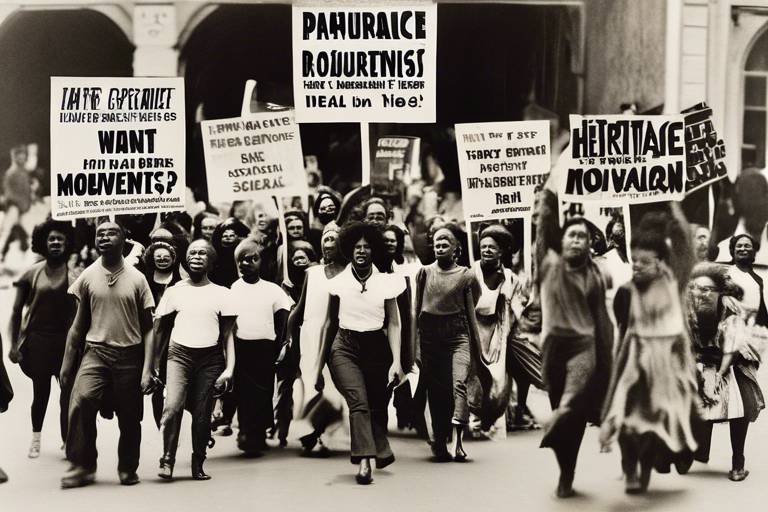How Ancient Sports Influence Modern Games
Ancient sports have left an indelible mark on the landscape of modern games, shaping the way we compete, spectate, and celebrate athleticism. From the grand arenas of the ancient Olympic Games to the fierce gladiatorial contests of Rome, the echoes of these historical competitions resonate in the sports we know and love today. Let's embark on a journey through time and explore how ancient sports continue to influence and inspire the world of modern games.
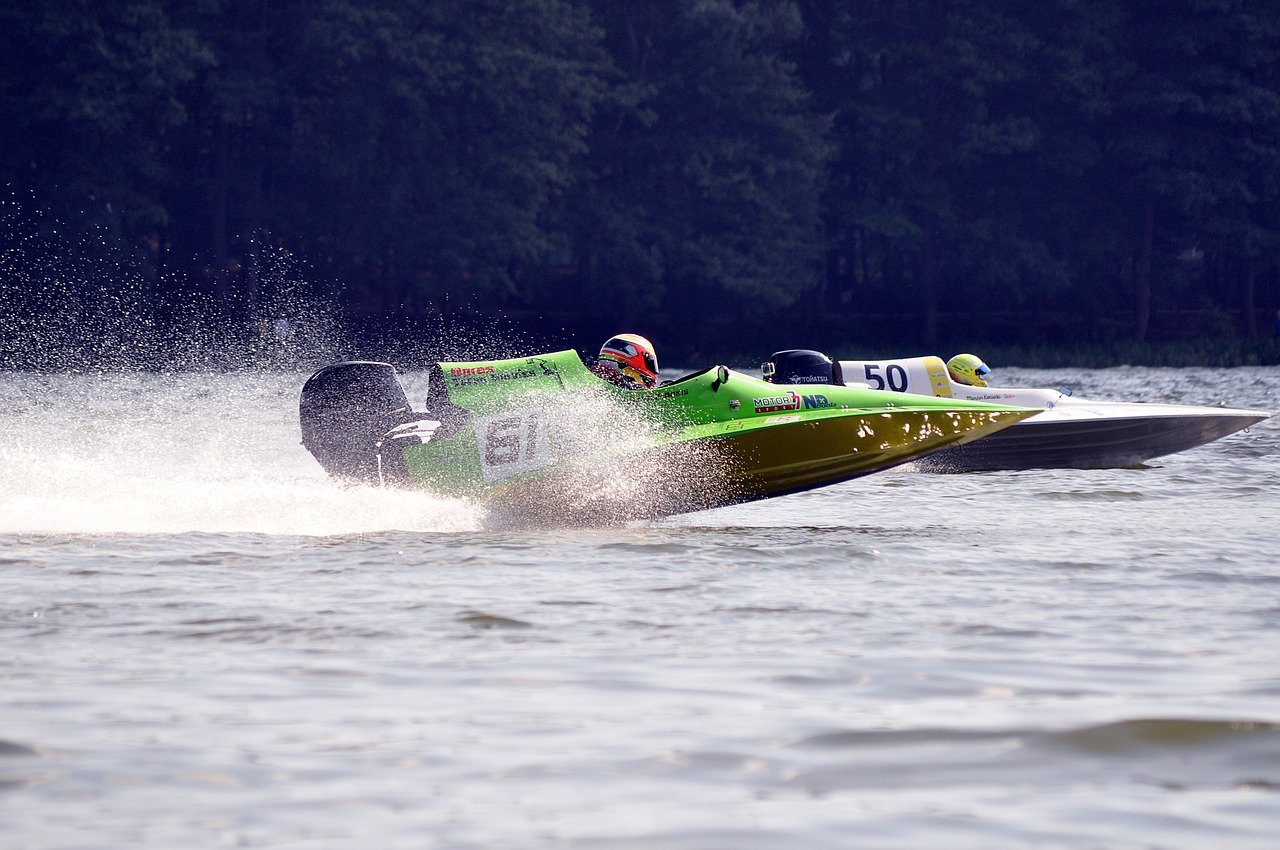
Ancient Olympic Games
Exploring the impact of ancient sports on the development and evolution of modern athletic competitions, highlighting the enduring influence of historical games on contemporary sports practices.
The Ancient Olympic Games hold a significant place in the history of sports, originating in ancient Greece as a celebration of physical prowess and competitive spirit. These games, held in Olympia every four years, brought together athletes from various city-states to compete in events like running, wrestling, chariot racing, and discus throwing. The spirit of unity and sportsmanship that characterized the ancient Olympics continues to inspire the modern Olympic movement, with the revival of the games in 1896 symbolizing the enduring legacy of this ancient tradition.
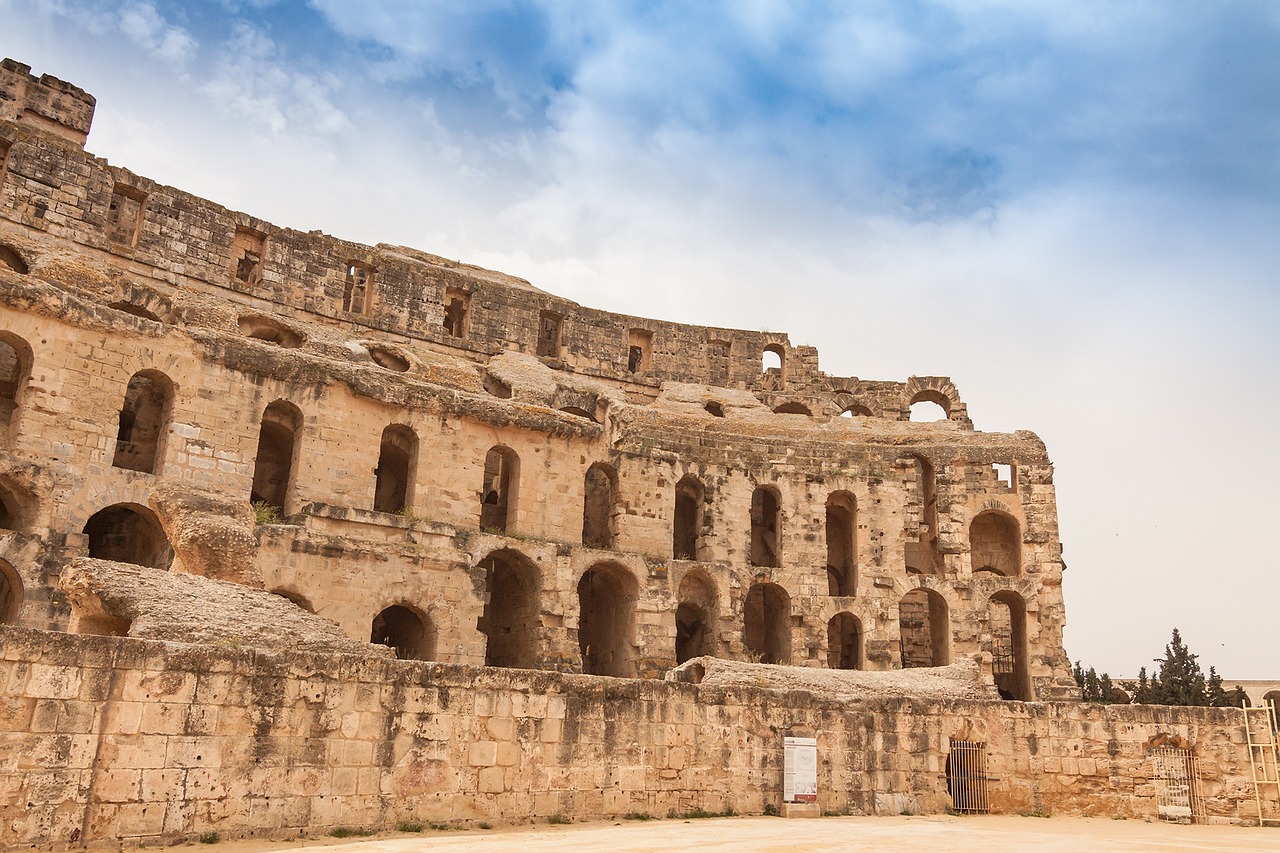
Gladiatorial Contests
Gladiatorial contests held a prominent place in ancient Rome, captivating audiences with their brutal yet mesmerizing displays of combat. These spectacles were not merely about bloodshed but also served as a form of entertainment, political propaganda, and social control. Gladiators, often slaves or prisoners of war, fought in arenas to the cheers and jeers of the crowd, showcasing their skills in various combat styles.
Similar to modern combat sports like MMA and boxing, gladiatorial contests emphasized strategy, skill, and showmanship. Fighters trained rigorously, honing their techniques and mastering different weapons to outmaneuver their opponents in the arena. The element of risk and uncertainty added to the excitement, creating a tense atmosphere where victory meant life and defeat meant death.
The spectacle of gladiatorial combat also reflected societal values and beliefs of the time. It was a reflection of power, honor, and glory, with successful gladiators attaining fame and fortune. The crowds were drawn to the spectacle not only for the thrill of the fight but also for the drama and narratives that unfolded in the arena.
Furthermore, the influence of gladiatorial contests can be seen in the modern portrayal of combat sports in popular culture. Movies, television shows, and literature often draw inspiration from the dramatic clashes of ancient gladiators, showcasing themes of bravery, sacrifice, and redemption.

Traditional Martial Arts
Traditional martial arts have deep roots in ancient cultures, serving not only as combat techniques but also as a way of life. These disciplines, such as kung fu and karate, have stood the test of time and continue to influence modern combat sports like mixed martial arts (MMA) and competitive martial arts tournaments. The essence of traditional martial arts lies in the balance of physical prowess, mental discipline, and spiritual growth. Practitioners dedicate years to mastering intricate movements and honing their skills, embodying the values of respect, humility, and perseverance.
One of the key aspects of traditional martial arts is the emphasis on form and technique. Movements are executed with precision and grace, focusing on control and fluidity. This attention to detail not only enhances the effectiveness of the techniques but also cultivates a sense of mindfulness and awareness. Through repetitive practice, practitioners develop muscle memory and sharpen their reflexes, enabling them to react swiftly and decisively in combat situations.
Furthermore, traditional martial arts instill a code of ethics and honor among practitioners. Respect for opponents, instructors, and the art itself is paramount in maintaining the integrity of the practice. Concepts like integrity, loyalty, and self-control are ingrained in the teachings, shaping not just physical abilities but also character and morality. The philosophy behind traditional martial arts transcends mere fighting techniques, promoting personal growth, self-improvement, and harmony with the world.
Another significant aspect of traditional martial arts is the connection to cultural heritage and lineage. Many styles have been passed down through generations, preserving ancient wisdom and traditions. The rituals, ceremonies, and symbols associated with these martial arts serve as a link to the past, honoring the legacy of past masters and the origins of the art. By embracing the history and cultural significance of traditional martial arts, practitioners forge a deep connection to their roots and heritage.
In modern times, traditional martial arts continue to evolve and adapt to changing trends and technologies. The integration of traditional techniques into contemporary combat sports like MMA has led to a fusion of old and new, creating hybrid fighting styles that blend the best of both worlds. While the core principles of traditional martial arts remain steadfast, practitioners are encouraged to innovate and experiment, pushing the boundaries of what is possible in combat sports.
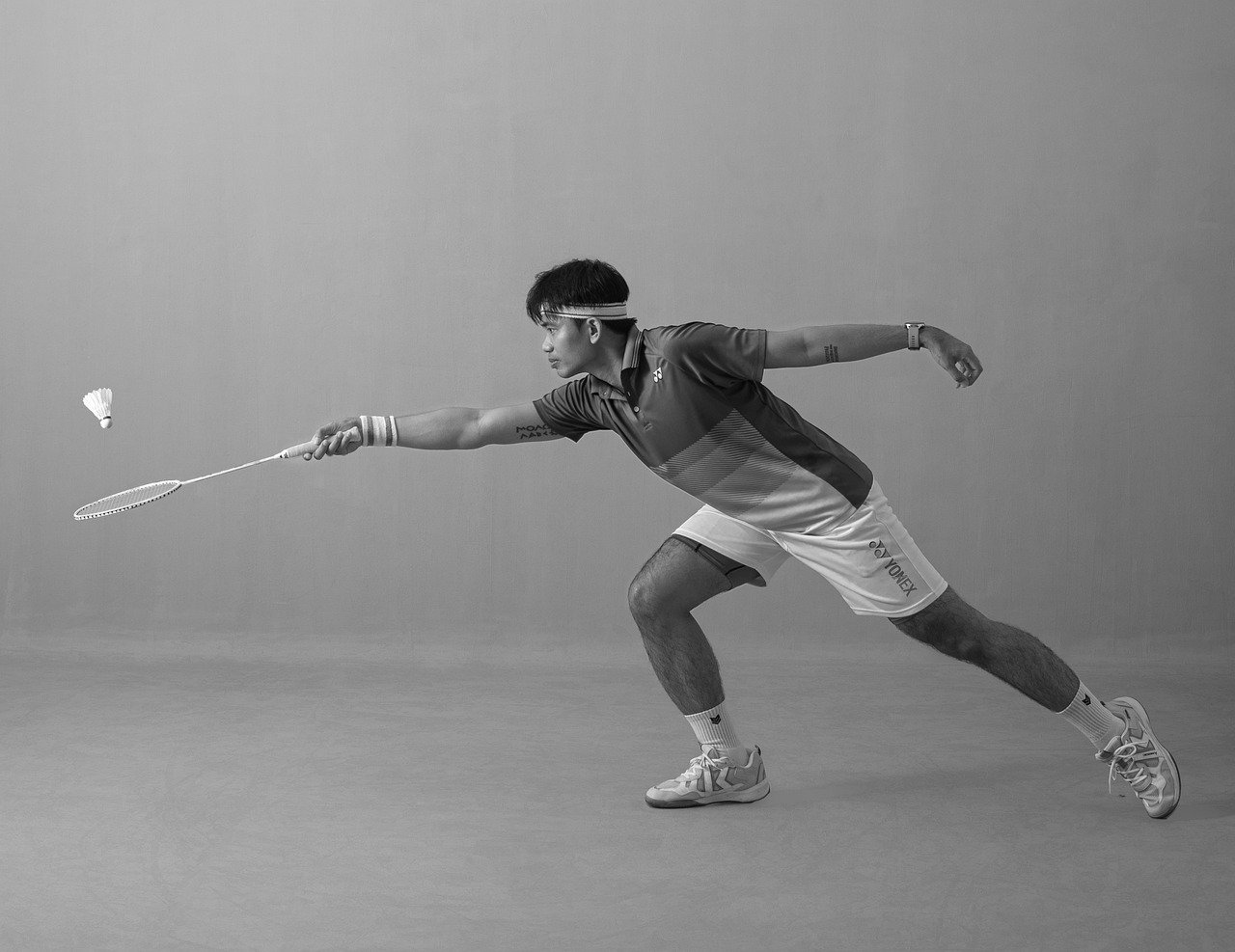
Mesoamerican Ballgames
When exploring the historical significance of Mesoamerican ballgames, such as ulama and pok-ta-pok, we uncover a rich tapestry of athletic competition deeply ingrained in ancient Central American cultures. These ballgames were not merely physical contests but also held profound cultural and spiritual significance, often intertwined with religious rituals and beliefs.
The gameplay of these Mesoamerican ballgames involved teams trying to score points by propelling a rubber ball through stone hoops using only their hips, elbows, and knees. The intricate rules, strategies, and physical demands of these games mirrored the intensity and skill required in modern team sports like basketball and soccer.
Moreover, the cultural symbolism embedded in Mesoamerican ballgames resonates in contemporary sports, emphasizing themes of teamwork, sacrifice, and community spirit. The ballgames served as more than just entertainment; they were expressions of identity and heritage, connecting players and spectators to their ancestral roots.
Through the enduring legacy of Mesoamerican ballgames, we can appreciate how ancient athletic traditions continue to influence and shape modern sports, bridging the gap between past and present, and enriching the tapestry of global athletic competition.
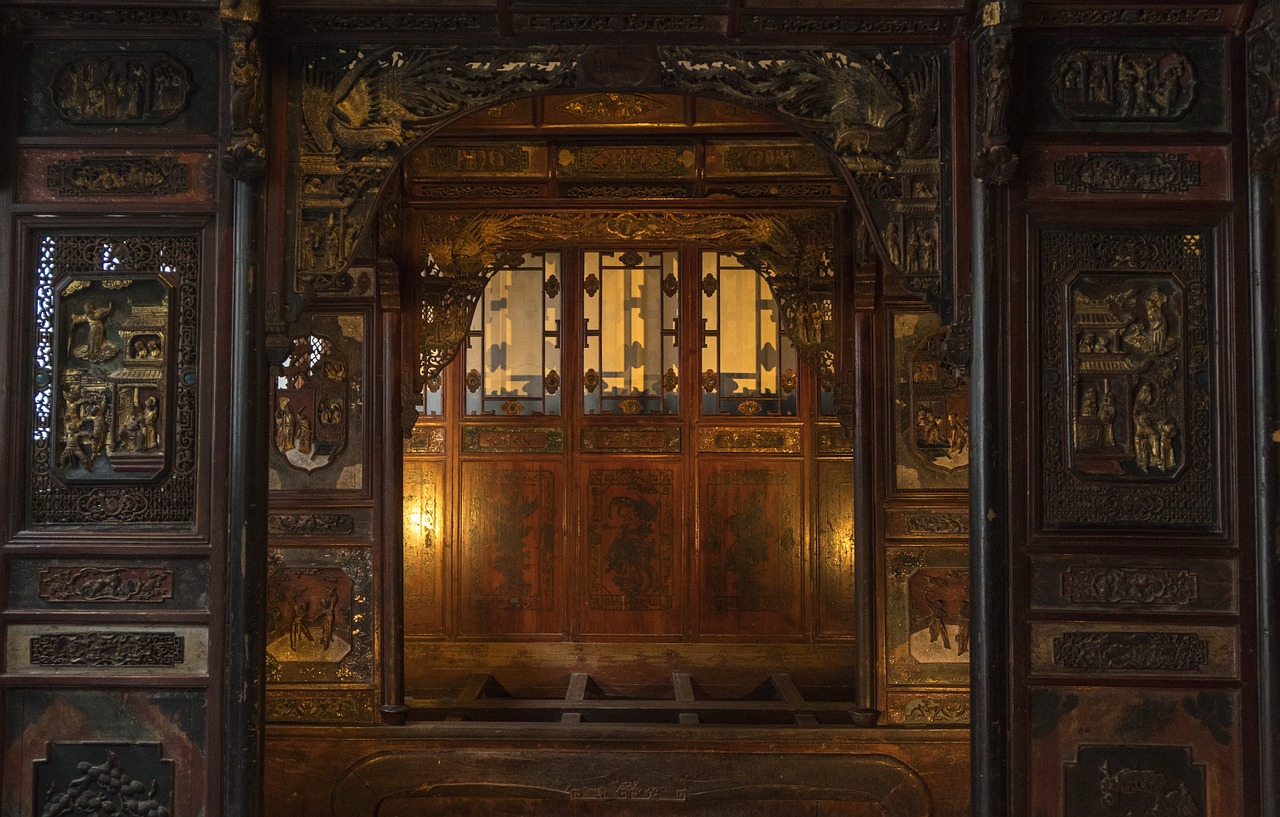
Ancient Wrestling Styles
Ancient wrestling styles have left a lasting impact on the world of competitive sports, with civilizations like Greece, Egypt, and India showcasing diverse forms of this physical art. In ancient Greece, wrestling was a revered sport, featured in the original Olympic Games as a test of strength, agility, and strategy. Wrestlers would engage in intense bouts, aiming to throw their opponents to the ground or force them out of a designated area.
Similarly, ancient Egyptian wrestling, known as "shuai jiao," focused on grappling techniques and leverage to overpower adversaries. Wrestlers would utilize intricate holds and maneuvers to gain the upper hand in matches, showcasing the importance of technique and skill in addition to sheer physical prowess.
In India, the ancient martial art of "kushti" emphasized discipline, respect, and spirituality alongside physical combat. Wrestlers would train rigorously, honing their bodies and minds to achieve victory in the arena while upholding the traditions and values of their cultural heritage.
These ancient wrestling styles laid the foundation for modern wrestling competitions, influencing techniques, rules, and the spirit of sportsmanship that continues to define the sport today. From Greco-Roman wrestling to freestyle wrestling, the legacy of ancient wrestling lives on in the structured bouts and displays of athleticism seen in contemporary wrestling events around the world.

Chariot Racing
Chariot racing holds a storied history in ancient Rome and Byzantium, captivating audiences with its thrilling displays of speed, skill, and daring maneuvers. The thundering hooves of horses pulling ornate chariots around the circus maximus echoed the cheers of spectators, creating an electrifying atmosphere akin to modern motorsports events like Formula 1 and NASCAR. The charioteers, skilled and fearless athletes, navigated sharp turns and jostled for position, embodying the competitive spirit and drive for victory that define racing as a timeless and universal sport.
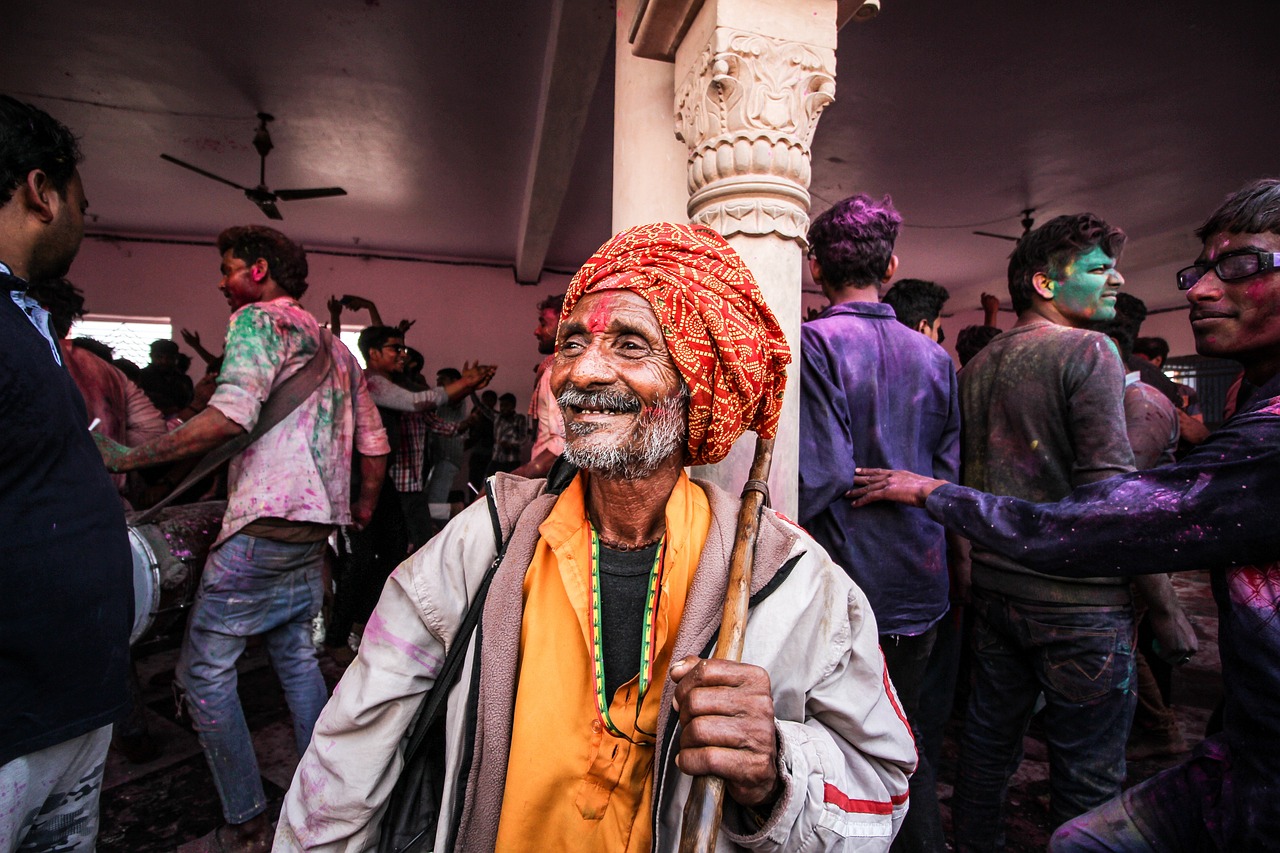
Traditional Archery
Traditional archery holds a rich history deeply intertwined with ancient cultures globally. From the Native American tribes to Asian civilizations, the art and practice of traditional archery have left a lasting legacy in modern archery competitions. The skill and precision required in traditional archery are not merely physical but also carry significant cultural symbolism, reflecting the values and traditions of the societies that practiced it.
Archery, as a sport, transcends mere physical prowess; it embodies a connection to nature, a harmony between the archer and the bow. The discipline required to master traditional archery techniques echoes the dedication and focus of ancient archers who honed their skills for hunting, warfare, and competition. The artistry of drawing the bow, aiming with precision, and releasing the arrow with finesse is a testament to the timeless appeal of archery as both a sport and a meditative practice.
Throughout history, traditional archery has been revered for its elegance and effectiveness in various civilizations. The bow and arrow, once essential tools for survival, evolved into symbols of prowess and skill in cultures around the world. From the longbows of medieval Europe to the composite bows of East Asia, each region developed its unique style and techniques, reflecting the ingenuity and craftsmanship of ancient bowyers and archers.
In modern archery competitions, the influence of traditional archery is unmistakable. The emphasis on form, technique, and mental focus in traditional archery has translated into the structured disciplines of contemporary archery events. Whether it be target archery, field archery, or 3D archery, the fundamentals of traditional archery remain at the core of competitive archery, guiding archers in their quest for precision and accuracy.
Furthermore, the cultural significance of traditional archery endures in the rituals and ceremonies associated with the sport. From the Japanese kyudo ceremonies to the Native American rituals honoring the spirit of the bow, traditional archery embodies a spiritual connection to the past while embracing the challenges of the present. The respect for the bow as a tool of both war and peace underscores the dual nature of traditional archery as a martial art and a sporting discipline.

Ancient Track and Field Events
Ancient track and field events hold a rich history dating back to ancient civilizations like Greece and Egypt. These early societies laid the groundwork for the competitive sports we see today, with running, jumping, and throwing disciplines forming the core of athletic competitions. In ancient Greece, the Olympic Games included events like sprinting, long jump, discus throw, and javelin throw, showcasing the enduring appeal of these physical challenges.
Athletes in ancient Egypt also engaged in track and field activities, with running races being particularly popular. The Egyptians valued physical fitness and skill in various sports, reflecting a cultural appreciation for athleticism and competition. These ancient track and field events not only tested the physical abilities of participants but also served as a form of entertainment and a display of prowess.
The influence of ancient track and field events can be seen in modern athletics, where sprinting, long jump, high jump, shot put, and other disciplines continue to captivate audiences worldwide. The evolution of sports science and training techniques has enhanced the performance levels of athletes, pushing the boundaries of human achievement in track and field competitions.
Today, track and field events are a staple of major sporting competitions like the Olympics, World Championships, and collegiate meets, attracting top athletes from around the globe. The spirit of competition and the pursuit of excellence that characterized ancient track and field events remain integral to the ethos of modern athletics, inspiring both seasoned professionals and aspiring amateurs to push themselves to new heights.
Frequently Asked Questions
- What is the significance of ancient sports in modern games?
Ancient sports have had a profound impact on the development and evolution of modern athletic competitions. They laid the foundation for many contemporary sports practices and continue to inspire global sporting events.
- How did the ancient Olympic Games influence modern sports?
The ancient Olympic Games played a crucial role in shaping the modern Olympic movement. They introduced the concept of international sporting competitions and promoted values of sportsmanship, unity, and excellence that are still upheld today.
- What parallels can be drawn between gladiatorial contests and modern combat sports?
Gladiatorial contests in ancient Rome have influenced modern combat sports in terms of spectacle, strategy, and entertainment value. Both forms of competition showcase skilled fighters engaging in intense battles for victory.
- How have traditional martial arts impacted contemporary combat sports?
Traditional martial arts disciplines like kung fu and karate have been integrated into modern combat sports such as MMA, enriching the diversity of techniques and approaches used in competitive martial arts tournaments.
- What cultural symbolism from Mesoamerican ballgames can be seen in modern team sports?
Mesoamerican ballgames like ulama and pok-ta-pok have influenced modern team sports like basketball and soccer, showcasing similarities in gameplay and cultural significance. These ancient games reflect teamwork, skill, and community values.










